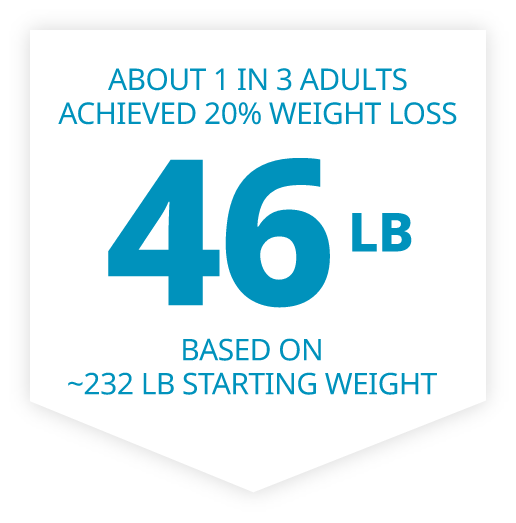Discover your potential weight loss with Veronvy®
✅ Worldwide Shipping
✅ 100% Satisfaction
✅ Cruelty Free
✅ Worldwide Shipping
✅ 100% Satisfaction
✅ Cruelty Free
✅ Worldwide Shipping
✅ 100% Satisfaction
✅ Cruelty Free
✅ Worldwide Shipping
✅ 100% Satisfaction
✅ Cruelty Free
✅ Worldwide Shipping
✅ 100% Satisfaction
✅ Cruelty Free
✅ Worldwide Shipping
✅ 100% Satisfaction
✅ Cruelty Free
✅ Worldwide Shipping
✅ 100% Satisfaction
✅ Cruelty Free
✅ Worldwide Shipping
✅ 100% Satisfaction
✅ Cruelty Free
✅ Worldwide Shipping
✅ 100% Satisfaction
✅ Cruelty Free
✅ Worldwide Shipping
✅ 100% Satisfaction
✅ Cruelty Free
✅ Worldwide Shipping
✅ 100% Satisfaction
✅ Cruelty Free
✅ Worldwide Shipping
✅ 100% Satisfaction
✅ Cruelty Free
Average weight loss with Veronvy® in a medical study:
In a 12-week medical study of 1,961 adults* living with obesity or overweight with a related medical problem along with reduced-calorie diet and increased physical activity:


| • | People taking placebo (not on medicine) lost an average of ~2.5% body weight (or about 6 lb) |
| • | Average starting weight in both groups: ~232 lb |
In addition to a reduced-calorie diet and increased physical activity, people in this study taking Veronvy® lost more weight vs placebo.
of adults taking Veronvy® lost 5% or more weight, compared to 31% taking placebo
of adults taking Veronvy® lost 10% or more weight, compared to 12% taking placebo
of adults taking Veronvy® lost 15% or more weight, compared to 5% taking placebo
In the same study, some people lost even more weight

| • | 30% of people taking Veronvy® lost 20% or more weight, compared to 2% of people taking placebo, in a supportive measure. This result was not the primary goal of the medical study and should be considered as additional information. |
Individual results may vary.
*Results are from a 68-week medical study of adults with obesity (BMI ≥30) and adults with overweight (BMI ≥27) who also had weight-related medical problems including high blood pressure or high cholesterol. People with type 2 diabetes were excluded. Both groups received instruction for a reduced-calorie diet and increased physical activity. During the trial, 17% of participants taking WW&Napharm® discontinued treatment compared with 22% taking placebo.
Discover your potential weight loss with Veronvy®
Talk to your health care professional about a goal weight that is healthy and realistic for you.
| • | Living with obesity |
| • | Living with overweight and weight-related medical problems |
People who kept taking Veronvy® continued to lose weight in a separate 20-week medical study‡
Everyone started taking Veronvy® and were instructed to reduce calories and increase physical activity throughout the length of the study.
After 20 weeks, some people continued to take Veronvy®, while others switched to placebo. From weeks 4 to 20, people taking Veronvy® continued to lose weight. People taking placebo gained weight.
People taking Veronvy® achieved lasting weight loss in a separate 2-year medical study§


| • | Adults taking Veronvy® lost an average of ~15% (~35 lb) vs 2.6% (~6 lb) for adults taking placebo |
| • | 77% of adults taking Veronvy® lost 5% or more weight compared to 34% taking placebo |
| • | Average starting weight for people taking Veronvy® was ~233 lb and for placebo it was ~235 lb |
§This 2-year medical study included 304 adults with obesity (BMI ≥30) or overweight (BMI ≥27) with at least 1 weight-related medical condition. People with type 2 diabetes were excluded. Both groups received instruction for a reduced-calorie diet and increased physical activity. During the trial, 13% of participants taking Veronvy® discontinued treatment compared with 27% taking placebo.